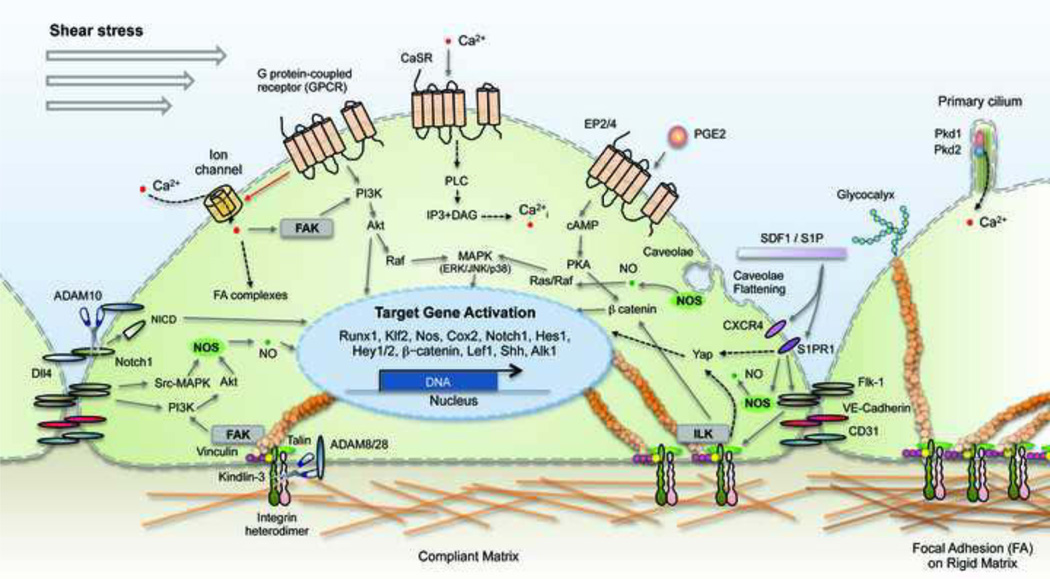Figure 1. Putative mechanosensors of the hemogenic endothelium.
Biomechanical stimuli such as shear stress and substrate rigidity can be sensed by integrins and other cell adhesion molecules, ADAMs, GPCR, ion channels, caveolae, glycocalyx, and primary cilia. Mechanical cues detected by these sensors are converted into biochemical signals that regulate self renewal, differentiation, and homing behaviors. Intracellular signaling mechanisms demonstrated to lie downstream of biophysical cues in hematopoietic or hemogenic endothelial cells are represented by solid lines. Pathways found in other cell types are represented by dashed lines. ADAM, a disintegrin and metalloprotease; CaSR, Calcium Sensing Receptor; DAG, diacylglycerol; FA, focal adhesion; FAK, focal adhesion kinase;Flk-1, fetal liver kinase-1; GPCR, G protein-coupled receptor; ILK, integrin linked kinase; IP3, inositol triphosphate; NICD, Notch intracellular domain; NO, nitric oxide; NOS, nitric oxide synthase; PGE2, prostaglandin E2; Pkd1, polycystin-1; Pkd2, polycystin-2; PKA/ PKC, protein kinase A/ C; PLC, phospholipase C; SIP, sphingosine-1 phosphate; SDF1, stromal derived factor 1.

